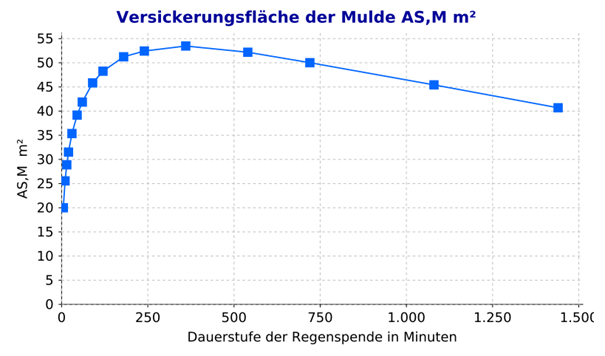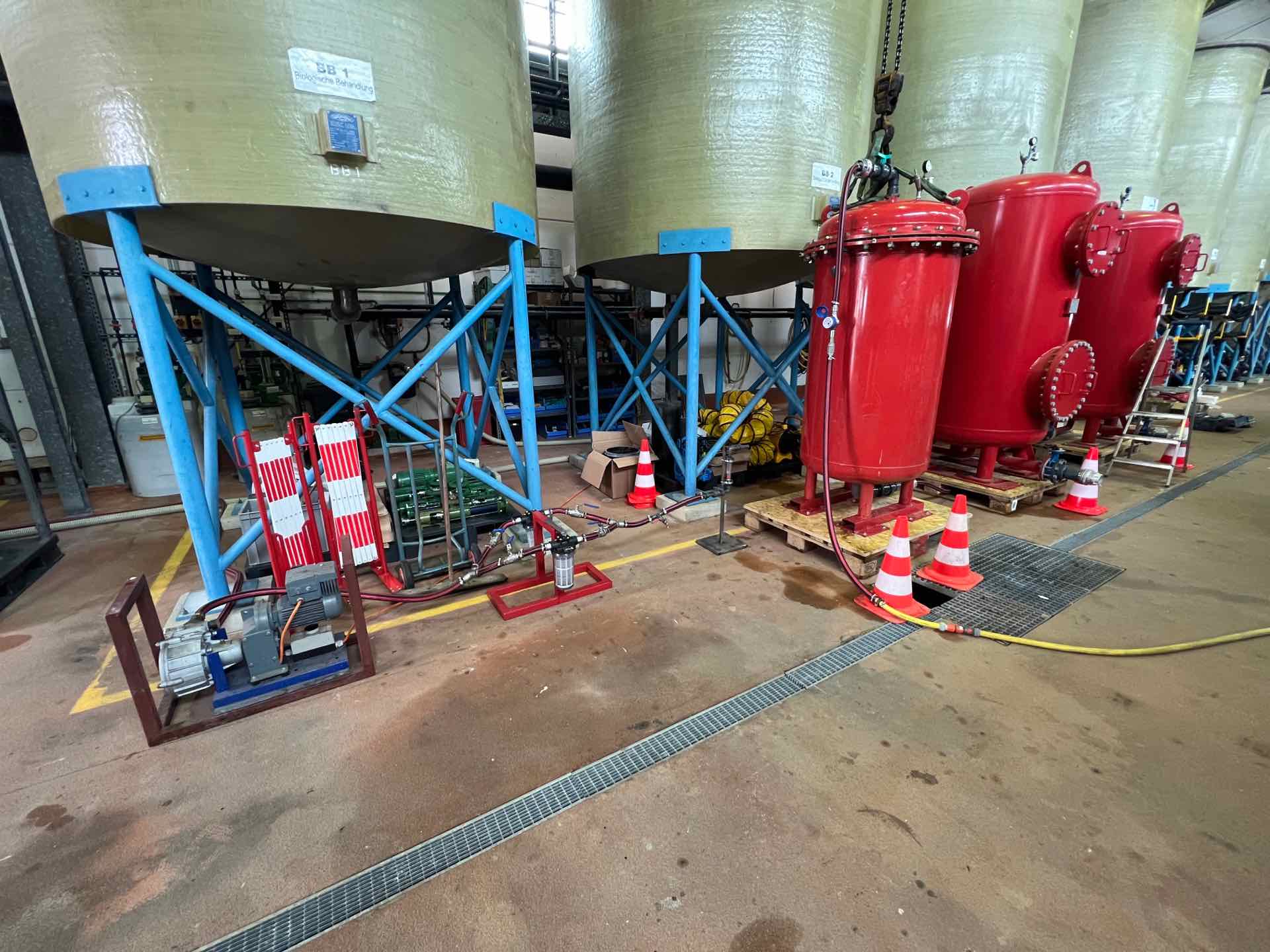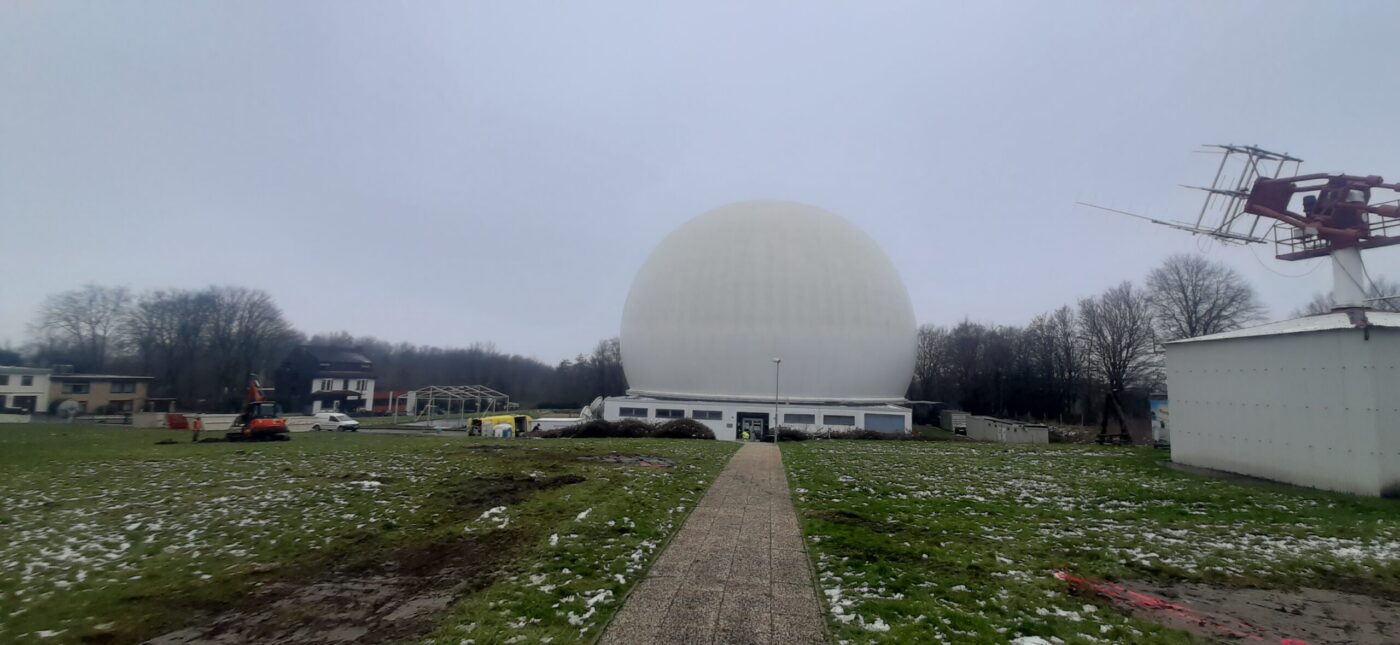

NEWS: People have been using watercourses for centuries. Initially mainly for energy production, irrigation and the transport of goods. Even back then, structures were built along watercourses to channel the water into the desired channels. Over time, flood protection has become increasingly important. As a result, practically all of Germany's watercourses have been straightened and built up.
This has many negative consequences for biodiversity. Naturally, watercourses have a mosaic of different habitats for a variety of organisms. Shallow and deep, shaded and sunny, slow and fast-flowing areas alternate. Almost all of the habitats in the watercourses have been lost due to development and maintenance. The floodplains have also suffered greatly from the development of the watercourses. There has been a sharp decline in species diversity not only in areas that are now built on, but also in areas that are not utilised. This is due to the fact that these areas are rarely flooded. In many places, river dykes prevent watercourses from overflowing. In addition, the straightening of watercourses has led to an increase in flow velocity, which has led to erosion and thus to the deepening of the watercourses. This lowers both the water level in the watercourse and the groundwater level in the floodplain, which leads to the area drying out. The diverse and often rare species of the floodplain are therefore being replaced by a few "common species". This has led to a sharp decline in biodiversity.
It was only in the second half of the 20th century that the negative consequences of the expansion were recognised and a rethink took place. Especially since the Water Framework Directive came into force, efforts have been made in many places to renaturalise watercourses. In order to develop watercourses in an ecologically meaningful way, diversity and dynamics must be restored. Measures should therefore primarily contribute to restoring the watercourse's own dynamics so that it can develop itself. This is not only much more favourable than building structures, but also leads to more natural and diverse habitats that are also preserved in the long term.
Such processes result from temporally and spatially changing flow conditions, which lead to erosion and sedimentation, i.e. constantly shifting and changing the bed of the watercourse. To make this possible, structures such as weirs must be removed to allow the water levels to change naturally. On the other hand, "disturbance stones" must be allowed in the watercourse, which lead to a local change in flow velocity. Naturally, this task is performed by deadwood that originates from the vegetation along the watercourses. It is therefore important to introduce this into watercourses in a targeted manner and to enable long-term replenishment by planting woody plants
The problem is that in order to allow dynamic processes, space must always be available in which the watercourse can develop. These areas are often not available or must first be acquired. The necessary funds are often lacking, which is why only 8.2 % of surface waters were in good status in 2015.
The M&P Group is making its contribution to a safe and natural future for our watercourses, particularly in the Water Management division. Engineering for a better tomorrow!
Find out more about our work and projects and follow us: ![]()
![]()
![]()
![]()
#mullandpartner #engineeringforabettertomorrow #Water management #Rivers #Flood protection







